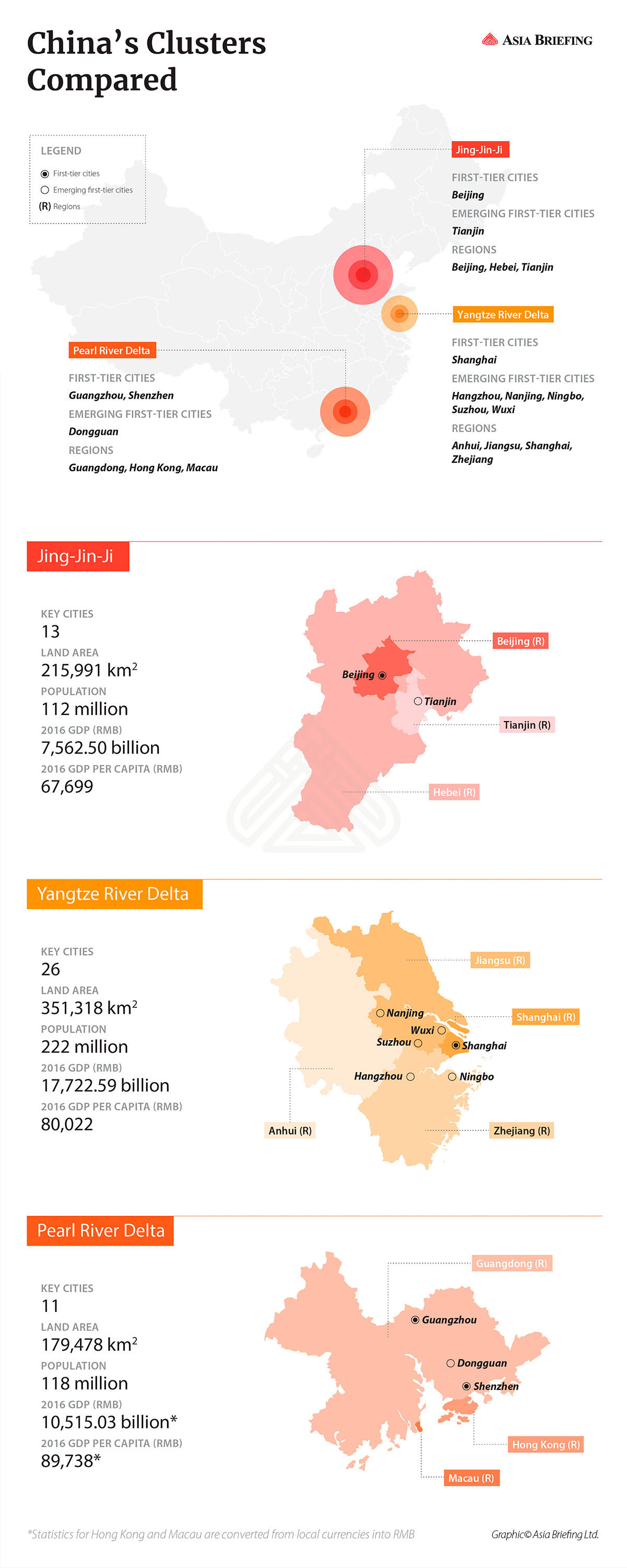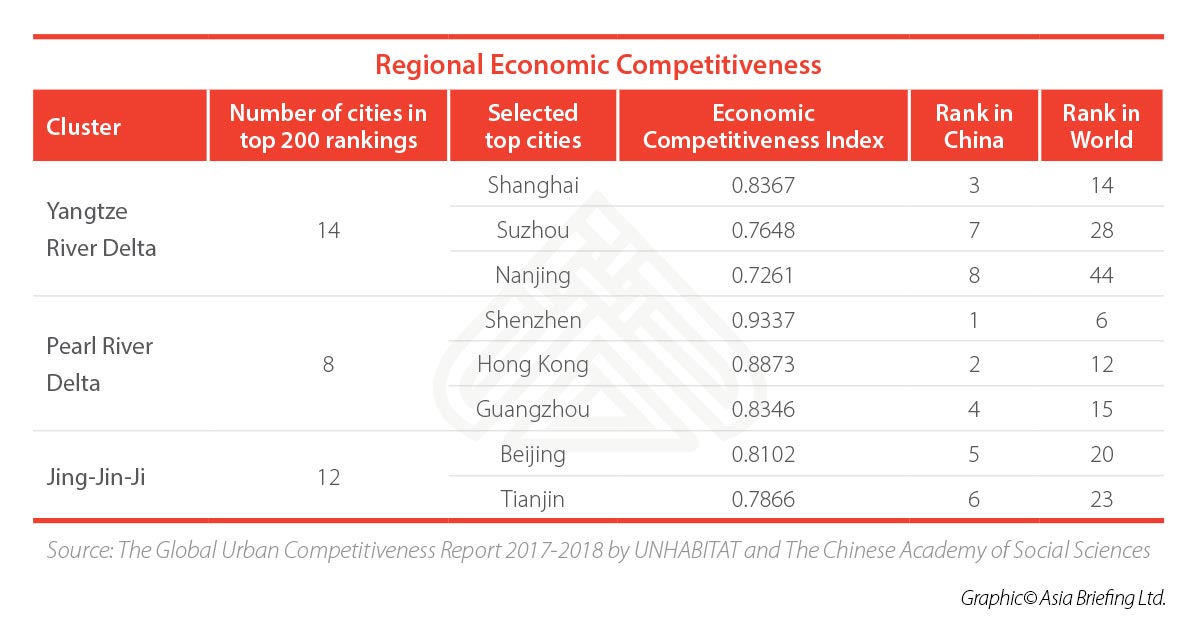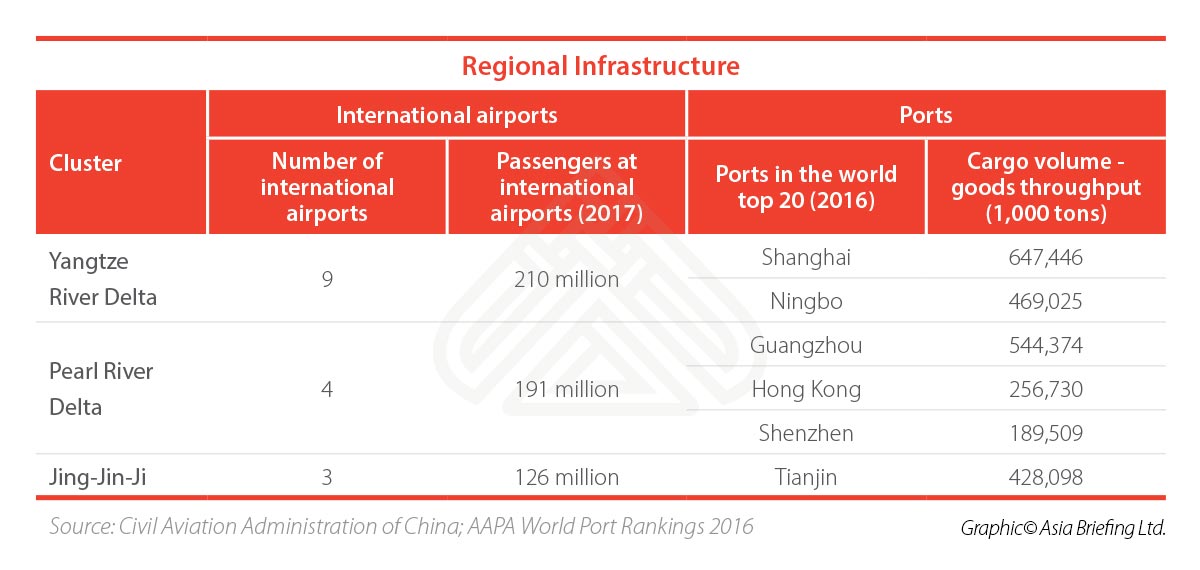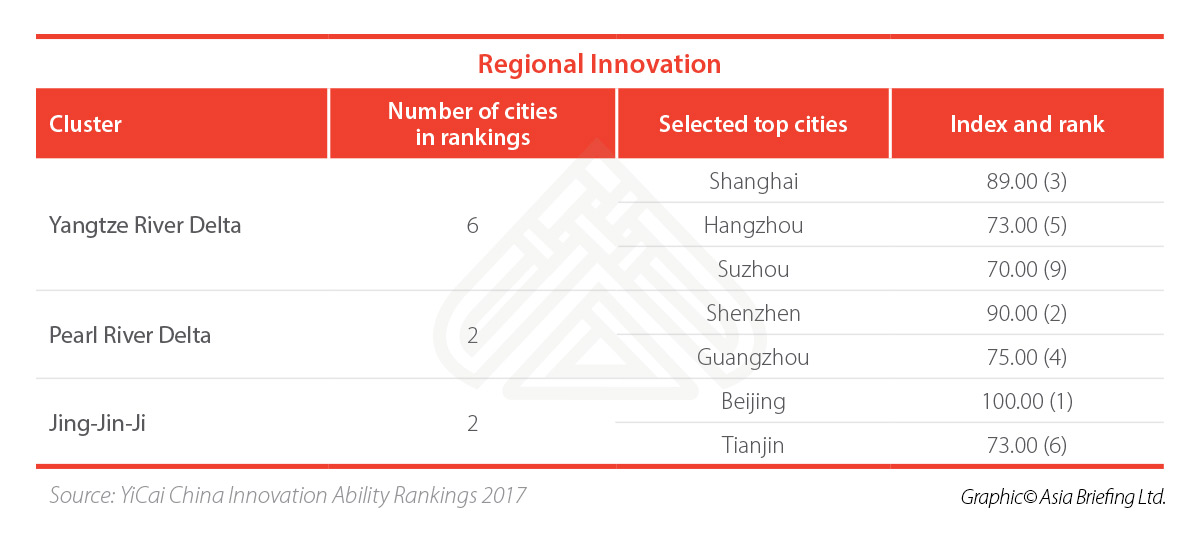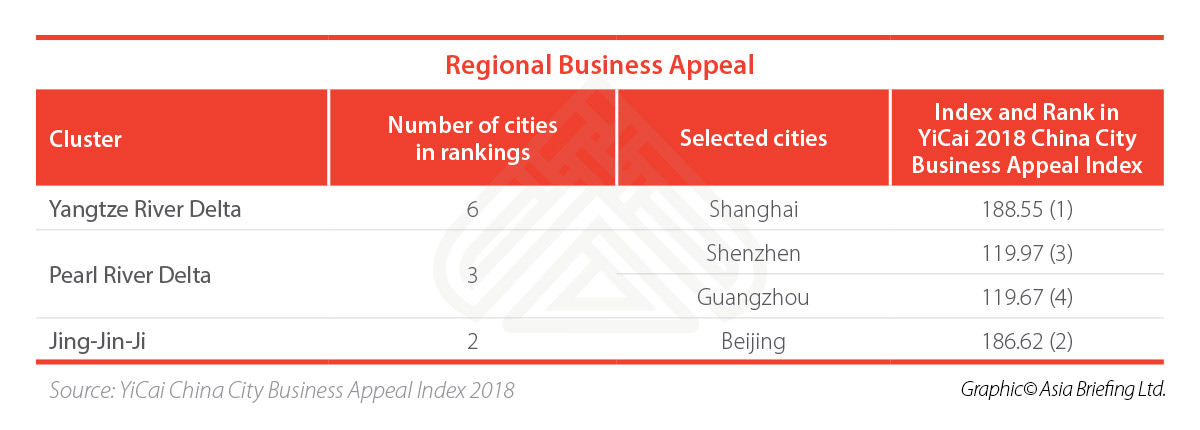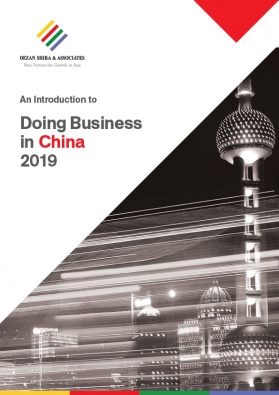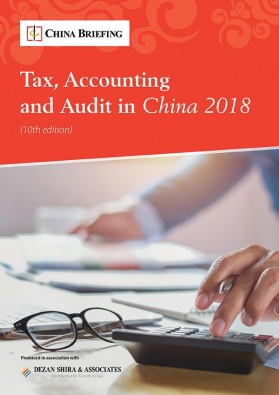China’s Mega City Clusters: Jing-Jin-Ji, Yangzte River Delta, Pearl River Delta
The Beijing-Tianjin-Hebei region (Jing-Jin-Ji), the Yangtze River Delta (YRD), and the Pearl River Delta Greater Bay Area (PRD) will be developed by China as three world-class city clusters.
This ambitious plan is part of its 19 mega city clusters infrastructure campaign to lead China into the next stage of urbanization and economic development.
The Chinese government aims for these super-regions to compete against other world-class regions around the world, including the Tokyo Bay, the New York Tri-State Area, and the San Francisco Bay Area.
China Briefing has previously written about these three world-class city clusters in individual articles. This article will take the analysis further by comparing the three clusters with each other, focusing on several key indicators and the most significant cities within each region.
China’s mega city clusters
In 2016, China’s three world-class clusters accounted for approximately 40 percent of the country’s GDP, and individually are comparable to whole countries.
In terms of GDP, in 2016 the YRD was comparable to Germany, the PRD to Italy, and Jing-Jin-Ji to Mexico. The YRD is by far the biggest of the three clusters economically.
In 2016, the YRD contributed approximately 23 percent to China’s GDP, while Jing-Jin-Ji and the PRD (including all of Guangdong) contributed approximately 10 percent and 14 percent, respectively.
At the city level, the YRD also has the most economically competitive cities. According to the Global Urban Competitiveness Report 2017-18 released by UN-Habitat and the Chinese Academy of Social Sciences, the YRD has 14 cities in the top 200 of the global Economic Competitive Index, while the PRD has eight and Jing-Jin-Ji two.
Although the YRD had the most cities in the Top 200, Shenzhen (6) and Hong Kong (12) in the PRD ranked the highest of all the Chinese cities.
As well as being impressive compared to other Chinese cities, Shenzhen’s rank is notable because it is above Tokyo (7), which is one of the most important cities in Asia for business.
Internationalism and openness
Since being placed at the center of China’s ‘reform and opening-up’ policy, the PRD has generally been regarded as being the country’s most open region.
Looking at foreign investment as a percentage of GDP in 2016, statistics show that the PRD is considerably more international than the other two clusters. The PRD’s statistic is 160 percent, compared to 72 percent for the YRD and 65 percent for Jing-Jin-Ji.
However, the PRD’s openness is somewhat distorted by the internationalism of Hong Kong and Macau. If Hong Kong and Macau are excluded from the PRD, then Guangdong province’s figure is 64 percent, which is very similar to the figures for the other two clusters.
China’s free trade zones (FTZs), which feature a more liberalized business environment than elsewhere on the mainland, also play an important role in making the clusters more open. Jing-Jin-Ji has the Tianjin FTZ, the PRD has the Guangdong FTZ, and the YRD has the Shanghai and the Zhejiang FTZs.
To be noted, as Special Administrative Regions, Hong Kong and Macau in the PRD have considerably more open environments than elsewhere in China, including FTZs.
Infrastructure and integration in the city clusters
Infrastructure plays a key role in the physical connectivity of each cluster, with shipping ports and international airports being among the most important. The number and quality of international airports in the three clusters have even led to them being described as “world-class airport clusters”.
The YRD region leads with nine international airports, while the PRD has four, and Jing-Jin-Ji has three. Jing-Jin-Ji also has the Daxing International Airport under construction, which is expected to become a major transportation hub after it is completed in 2019. However, although the YRD has more international airports than the other two clusters combined, total passenger numbers are not dramatically different.
The three clusters are also home to some of the busiest shipping ports in the world. The PRD has three ports in the top 20 of the AAPA World Port Rankings 2016 based on cargo volume, while the YRD has two and Jing-Jin-Ji has one. However, despite the PRD having more ports in the top 20, the YRD comes out on top with approximately 1,116 million tons of goods throughput.
Besides ports and airports, the Chinese government has invested heavily in the high-speed rail network to enhance connectivity.
With 997 km, the YRD currently has the longest network of intercity lines, compared to 326 km for the PRD and 115 km for Jing-Jin-Ji. With more lines under construction, the YRD’s network is expected to expand by 265 km, the PRD’s by 38 km, and Jing-Jin-Ji’s by 160 km.
In terms of infrastructure, the YRD is in the strongest position overall compared to the other two clusters. Besides physical infrastructure, there the PRD and Jing-Jin-Ji have other challenges for successful integration.
Although there is a tradition of silos between regional governments across China, there are concerns about the integration of the PRD in particular because of the political, legal, and economic differences between Guangdong province and the two Special Administrative Regions.
In the case of Jing-Jin-Ji, the disparity in resources and competitiveness between Hebei Province and the two municipalities could be too great to overcome to achieve successful integration. Further, Jing-Jin-Ji’s local and global supply chains are not as well integrated and complementary as those in the PRD and YRD.
China’s regional innovation and investor appeal
Cities within each of the three clusters already stand out for their specific economic strengths.
In the PRD, Shenzhen has a dynamic entrepreneurial and start-up environment. It has more patent applications than any other Chinese city and is home to innovative companies such as BYD, Tencent, and Huawei.
In the YRD, Shanghai has a large international presence and is the regional headquarters for many multinationals; Suzhou is top a destination for technology manufacturing; Nanjing is an important scientific research education base; and Hangzhou is home to Chinese giants like Alibaba and Geely.
In Jing-Jin-Ji, Beijing takes advantage of being the center of government, with the city being the strongest research base in China, and home to many of the country’s best universities. Beijing has more unicorns than any other Chinese city.
The innovative strength of Beijing compared to the other cities is further confirmed by its number one rank of the 19 cities that make up the YiCai 2017 China’s Innovation Ability Rankings. Altogether, Jing-Jin-Ji and the PRD each have two cities in the rankings, while the YRD leads with six.
Although not included in the YiCai rankings, the PRD also has Hong Kong, which is ranked above both Beijing and Shanghai for “intellectual capital and innovation” in PwC’s Cities of Opportunity 2016 report.
To foster innovation, the clusters need to be attractive to businesses and international talent. In the YiCai 2018 China City Business Appeal Index, the YRD has six cities in the top 19, compared to three cities for the PRD and again only two cities for Jing-Jin-Ji. Shanghai leads the index, but only by a small margin compared to Beijing.
Although Shenzhen and Guangzhou in third and fourth place, respectively, have an index significantly less than Shanghai and Beijing, the PRD’s attractiveness is again boosted by Hong Kong.
Hong Kong is not included in the YiCai index, but it scores significantly more highly than both Shanghai and Beijing in the World Bank’s Ease of Doing Index 2018. Unlike Shanghai and Beijing, Hong Kong is also competitive compared to other global cities, such as New York, Los Angeles, and Tokyo.
Assessing China’s urban clusters
Each of China’s world-class city clusters have their relative strengths and weaknesses in different areas.
For example, the YRD is the most economically significant and has the most developed infrastructure; the PRD is the most open and boasts the openness of Hong Kong; and Jing-Jin-Ji has the innovative strength of Beijing. Investors may therefore want to bear this in mind when deciding where to set up.
Based on the indicators measured, the YRD is the strongest overall, followed by the PRD and then Jing-Jin-Ji. What makes the YRD stand out is that it performs well all-round and has several strong cities within a well-integrated cluster.
In contrast, Jing-Jin-Ji’s only standout cities are Beijing and Tianjin, with there being real concerns about integrating Hebei province into the cluster.
However, all three of China’s world-class clusters, including the YRD, will have to become stronger and more competitive if they are to compete against the most vibrant economic clusters worldwide.
About Us
China Briefing is produced by Dezan Shira & Associates. The firm assists foreign investors throughout Asia and maintains offices in China, Hong Kong, Indonesia, Singapore, Russia, and Vietnam. Please contact info@dezshira.com or visit our website at www.dezshira.com.
- Previous Article How Brexit Britain is Already Massively Increasing Investment in China
- Next Article Hong Kong-Zhuhai-Macau Bridge: Mainland Connectivity Key to Bay Area Ambitions

